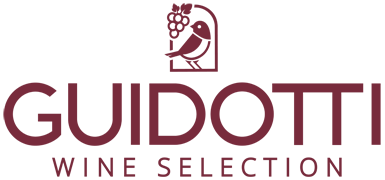
The fact that it is worth taking a look at the small print for important details does not only apply to contracts. With wine, too, its individual properties are revealed, such as origin and character. In the following you will learn more about the "language of wine" and how to read wine labels correctly.
These facts are provided by a wine label
If you take a closer look at wine labels, you will first notice their great variety. This is not only true in terms of design. The abundance of information on it also varies. The reason for this is simple. There are both mandatory and optional information for wine labels. Accordingly, you can see, for example, the type of wine, the vintage, alcohol content and the test number on the basis of a wine label. In addition to the mandatory information, it always depends on which facts the manufacturer would like to draw attention to.
What a wine label has to reveal
Basically, it is mandatory that a wine bears a label at all. Binding information on wine labels follows clear rules. They follow legal regulations and are subject to official controls. And they are the prerequisite for a wine to go on sale.
On each label you will find information about the filling quantity and the alcohol content specified in percent by volume. The country of origin, the producer ( winemaker ) or the bottler are also on the label. Furthermore, a wine must have a certain lot number for identification. For German quality and predicate wines, for example, this is the so-called official test number, or AP number for short.
Another mandatory requirement is the quality level of a wine. The focus in the classification is on the must of a wine. It is about the extent to which this - depending on the natural sugar content of the grapes used - has been fortified with sugar. This process is done to increase the alcohol content of a wine. The permitted alcohol content is limited for wines of lower quality levels. Depending on the quality level, the label can contain further details of the wine. An example of this is the information on its regional origin.
Wine labels also contain information about potential allergens. The statement "contains sulphites" (sulfur) is therefore typical. The so-called sales description can also be found, for example wine or sparkling wine, as well as the type of wine.
What can be on a wine label
Voluntary information on wine labels sometimes creates greater difficulties for consumers to understand. This is mainly due to their diversity. Because voluntary information varies depending on the country of origin and the regulations that apply there. Some information is therefore only really understandable for real connoisseurs.
For example, an area of origin says nothing about the location of the cultivation. The vintage and grape variety (s) of a wine are also voluntary information. The taste, for example "dry", is also not one of the mandatory details of a wine label.
Regional differences in wine labels
Wines that come from Germany or the member states of the European Union have a lot of overlap in the mandatory information. For example, a wine must be categorized according to a quality level.
If it is a question of wine from countries outside Europe, specific information can also be found on the labels. For example, they say something about the region of origin or whether it is a wine that has matured in wooden barrels.
